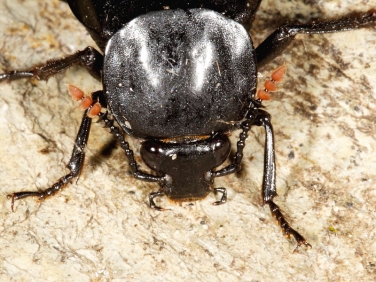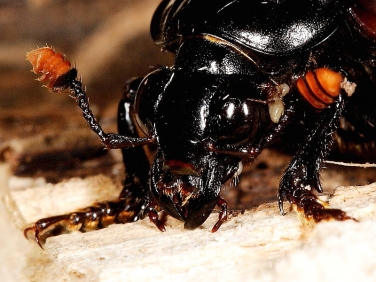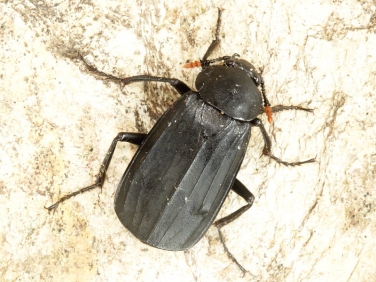As well as looking physically similar these two species of British beetle also share a similar life-cycle. Both are found throughout most of the UK between spring and autumn with Necrodes littoralis having a bias towards coastal habitat. Both species often fly at night and may be attracted to light and so are regularly recorded in moth light traps. Both beetles also feed on dead animals and lay their eggs on them providing the hatched larvae with an instant supply of food. However, whereas Nicrophorous humator is one of the burying or sexton beetles that buries its corpses, Necrodes littoralis feeds and lays eggs on carrion lying on the ground surface.
About these beetle photographs and recordings: Nicrophorous humator attracted to light at Marsland Reserve in March 2009; Necrodes littoralis attracted to light in Falmouth garden July 2012.
Related pages: Beetle posts | British beetles gallery



Leave a Reply
You must be logged in to post a comment.